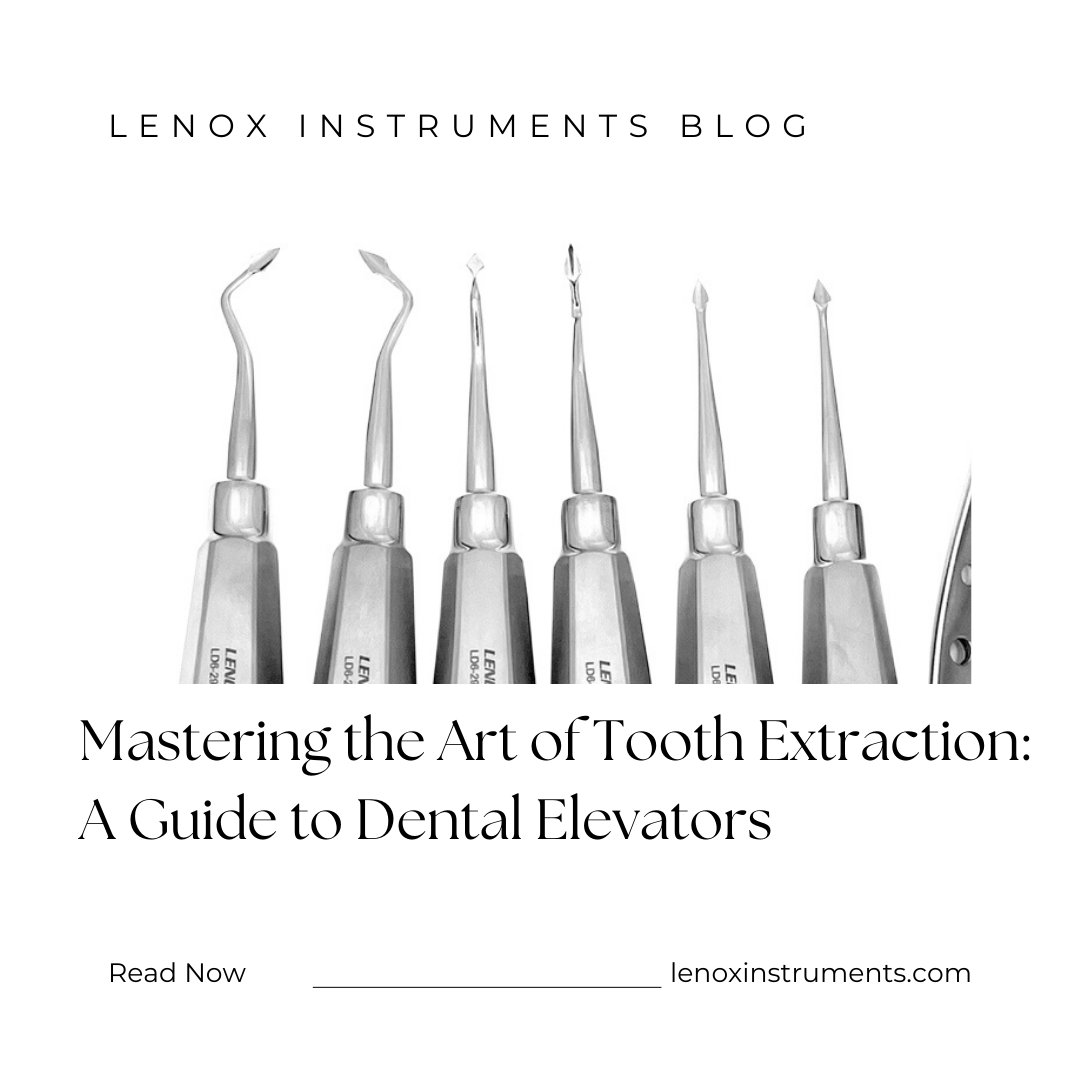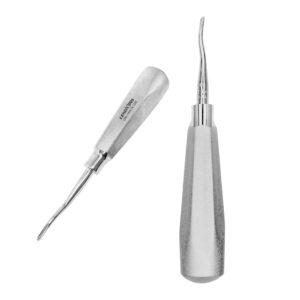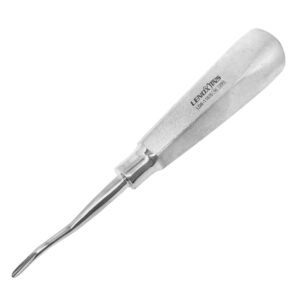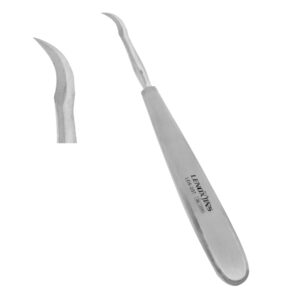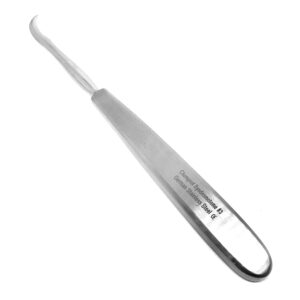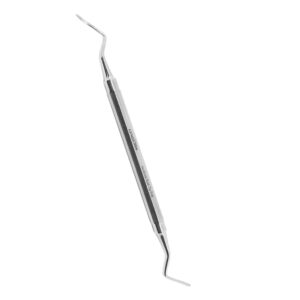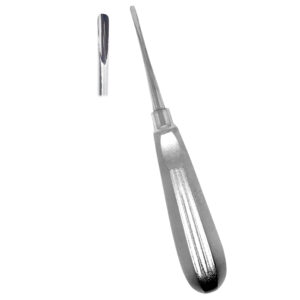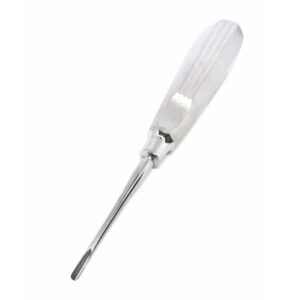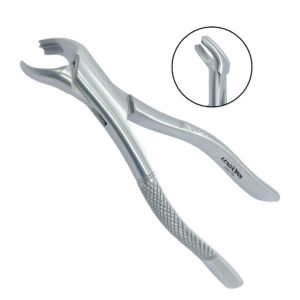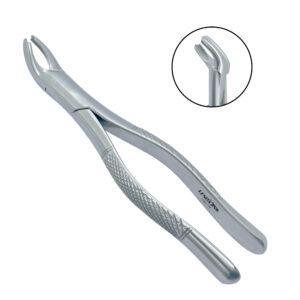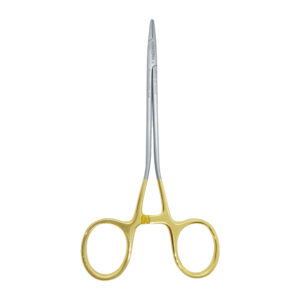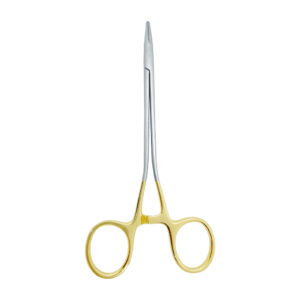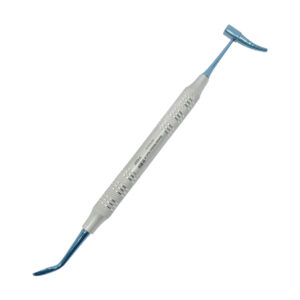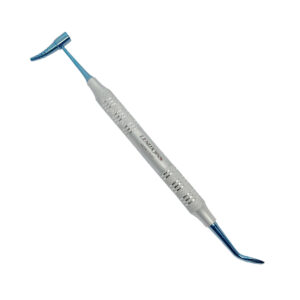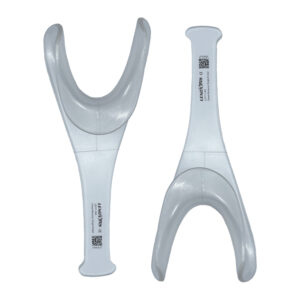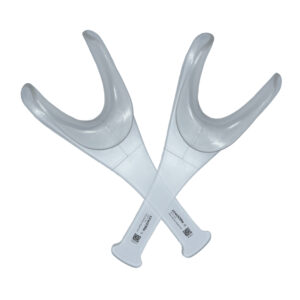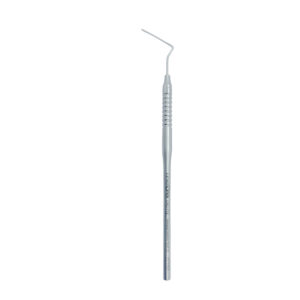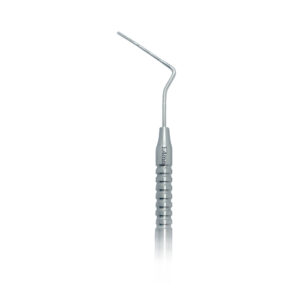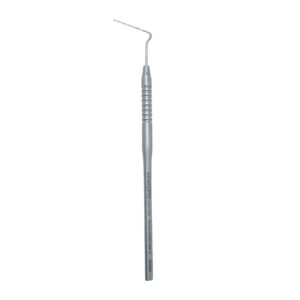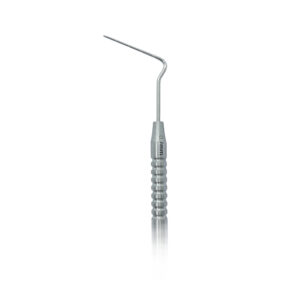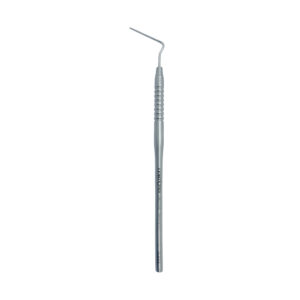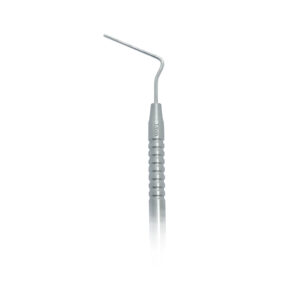Mastering the Art of Tooth Extraction: A Guide to Dental Elevators
- Posted August 28, 2024
- by LENOX INC CANADA
Dental elevators are essential instruments in a dentist’s toolkit, playing a crucial role in tooth extraction procedures. These versatile tools help loosen teeth and roots, making extractions more efficient and less traumatic for patients. In this article, we’ll explore the types, mechanics, and proper use of dental elevators.
Understanding Dental Elevators
Dental elevators, also known as luxators, are instruments designed to sever the periodontal ligament and expand the alveolar bone around teeth. They work on the principle of leverage, using the crest of the socket bone as a fulcrum to dislodge a tooth from its socket.
Types of Dental Elevators
There are three main types of dental elevators:
- Straight Elevators: Examples include Coupland’s and Warwick James’ elevators. These have one concave and one convex aspect to the tip and are used for wedging.
- Triangular Elevators: Such as Cryer’s or Winter’s elevators. These have a lateral point and are used to deliver class I leverage.
- Pick Elevators: These are specifically designed to engage root tips.
Dental Elevators
-
77R Serrated Elevator – Premium Dental Surgical Tool
Rated 0 out of 5CA$50Discover the 77R Serrated Elevator by Lenox Instruments. Precision-engineered dental tool for atraumatic extractions and superior luxation. Durable, ergonomic, and professional-grade. Shop now! -
Syndesmotome Chompret # 3 – Premium Dental Surgical Instrument
Rated 0 out of 5CA$50Original price was: CA$50.CA$30Current price is: CA$30.Discover the Syndesmotome Chompret # 3 by Lenox Instruments. Precision-crafted tool for periodontal ligament separation and atraumatic soft tissue manipulation. Durable, ergonomic, and professional-grade. Shop now! -
Heidbrink Root Tip Pick Double Sided, R/L – Precision Dental Surgical Tool
Rated 0 out of 5CA$50Discover the Heidbrink Root Tip Pick Double Sided, R/L by Lenox Instruments. Premium-quality dental surgical tool for precise and atraumatic root tip retrieval. Durable, ergonomic, and professional-grade. Shop now! -
Laxation Elevators STR 3MM – Precision Dental Surgical Tool
Rated 0 out of 5CA$50Discover the Laxation Elevators STR 3MM by Lenox Instruments. Premium-quality surgical tool for atraumatic extractions and precision tooth luxation. Durable, ergonomic, and professional-grade. Shop now!
Mechanics of Dental Elevators
Elevators work by:
- Wedging: The blade is introduced into the periodontal space along the tooth’s long axis, separating the periodontal ligaments.
- Leverage: The elevator is applied perpendicular to the tooth’s long axis and rotated, using the alveolar bone as a fulcrum.
- Wheel and Axle: Commonly used with Cryer’s elevators to remove retained roots by engaging and carefully rotating them out of the socket.
Proper Technique for Using Dental Elevators
- Grip: Hold the elevator in the palm of your hand with your index finger extending down the shank for additional control4.
- Initial Mobility: Use a straight elevator (e.g., #301 or #92) to gain initial tooth mobility. Insert it perpendicular to the tooth into the space between the tooth to be removed and the adjacent tooth.
- Positioning: The elevator should rest on the crest of the bone between the teeth. The concave surface should face the tooth being removed.
- Rotation: Keep one edge of the elevator against the alveolar bone as a fulcrum while rotating the other edge toward the tooth being removed.
- Caution: Never use the adjacent tooth as a fulcrum to avoid damage4.
Lenox Dental Elevators
-
Extracting Forceps Fig. 17 Lower Molars
Rated 0 out of 5CA$95Discover the Extracting Forceps Fig. 17 by Lenox Instruments, designed for efficient and atraumatic extraction of lower 1st and 2nd molars. Crafted from German stainless steel with T/C inserts for superior grip and durability. -
Needle Holder, Fine Swedish Pattern, 15cm
Rated 0 out of 5CA$190Discover the Needle Holder, Fine Swedish Pattern, 15cm by Lenox Instruments, featuring tungsten carbide inserts for secure needle grip in delicate suturing procedures. -
Bone Condenser Spoon
Rated 0 out of 5CA$50Discover the Bone Condenser Spoon by Lenox Instruments, a dual-ended surgical tool for transferring and compacting bone graft material. Ideal for sinus lifts, ridge augmentation, and implant site preparation. -
Box of 10sets- Single Ended Cheek Retractors Plastic (Set of 2) Reusable
Rated 0 out of 5CA$150Discover the Single Ended Cheek Retractors Plastic (Set of 2) by Lenox Instruments, designed for optimal visibility and patient comfort during dental procedures. -
Single Ended Cheek Retractors Plastic (Set of 2) Reusable
Rated 0 out of 5CA$20Discover the Single Ended Cheek Retractors Plastic (Set of 2) by Lenox Instruments, designed for optimal visibility and patient comfort during dental procedures. -
Root Canal Plugger 1.4mm, Fig# 120
Rated 0 out of 5CA$30Discover the Root Canal Plugger 1.4mm, Fig# 120 by Lenox Instruments, a professional dental instrument designed for compacting filling material during root canal procedures. Trusted by professionals in Canada, USA, UK, Australia, and Europe. -
Root Canal Plugger 0.7mm, Fig# 60
Rated 0 out of 5CA$30Discover the Root Canal Plugger 0.7mm, Fig# 60 by Lenox Instruments, a professional dental instrument designed for compacting filling material during root canal procedures. Trusted by professionals in Canada, USA, UK, Australia, and Europe. -
Root Canal Plugger 1mm, Fig# 90
Rated 0 out of 5CA$30Discover the Root Canal Plugger 1mm, Fig# 90 by Lenox Instruments, a professional dental instrument designed for compacting filling material during root canal procedures. Trusted by professionals in Canada, USA, UK, Australia, and Europe.
Choosing the Right Elevator
The choice of elevator depends on the clinical situation and operator preference4. Factors to consider include:
- Size: Larger elevators can accommodate more contact points, distributing force more evenly.
- Tooth Location: Different elevators are designed for specific areas of the mouth.
- Root Morphology: Some elevators are better suited for multi-rooted teeth or fractured roots.
Safety Considerations
- Soft Tissue Protection: Always be mindful of surrounding soft tissues to prevent injury.
- Force Control: Apply controlled force to prevent slipping or damaging adjacent structures.
- Bone Preservation: Avoid excessive force that could damage the alveolar bone.
Conclusion
Mastering the use of dental elevators is crucial for efficient and safe tooth extractions. By understanding the types, mechanics, and proper techniques, dental professionals can improve their extraction procedures, leading to better patient outcomes and reduced complications.
Remember, proper training and practice are essential for developing proficiency with dental elevators. Always follow best practices and safety protocols when performing tooth extractions.


